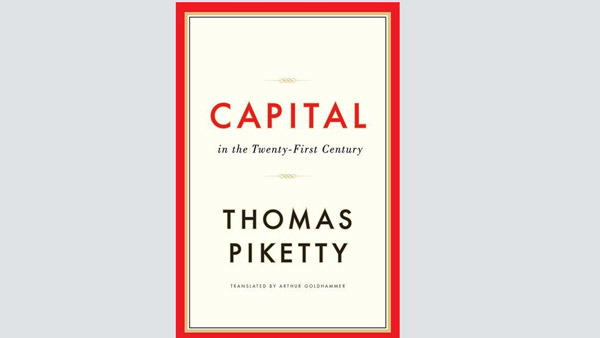To Lift the Poor, You Can’t Avoid Taxing the Rich
< < Go Back
by Jared Bernstein,
It’s tempting to think — and hope — that attacking inequality doesn’t mean we have to hurt those at the top. This idea has become a central response from conservatives to the current debate inspired by Thomas Piketty’s book and proposal for a wealth tax.
“The question is how do we help people at the bottom, rather than thwart people at the top,” Greg Mankiw, the Harvard economics professor, recently asked. Veronique de Rugy of the Mercatus Center at George Mason University asked: “Why not try to increase access to capital for more people, especially for those in the bottom, rather than try to hammer the ones at the top?” And Martin Feldstein, perhaps the dean of conservative economists, argued that to reduce persistent poverty “we need stronger economic growth” rather than “the confiscatory taxes on income and wealth that Mr. Piketty recommends.”
This argument isn’t a purely conservative one, either. Many liberals and moderates would no doubt prefer a kinder and gentler way to help the poor. But it doesn’t exist.
The rising tide of inequality does more than create great economic distance between income classes. It also produces higher barriers to mobility. Increased investment in the poor’s economic opportunities and in their children, their health care, their housing and their education will be needed to overcome those barriers.
To be more precise, there are three reliable ways to help or “lift” the bottom: subsidies that increase the poor’s economic security today; investment in their future productivity; and targeted job opportunities at decent wages.
None of these three approaches are free. The first bin includes government payments that subsidize the pay of low-wage workers, such as an expanded earned-income tax credit. The second includes high-quality universal preschool and help both getting into college and graduating. Even the “growth” solution — the faster macroeconomic growth advocated by those cited above — is not a free lunch that will automatically lift the poor.
Take the current expansion, which began in the second half of 2009. Gross domestic product is up 11 percent since then, corporate profits are up about 50 percent, and equity markets are up 80 percent. But both median and low incomes are down about 5 percent. (All these numbers are adjusted for inflation.)
Yes, growth is necessary; in the age of high inequality, though, it is insufficient. What will work here is a large, publicly funded infrastructure program to begin to repair our deteriorating public goods, with the jobs targeted at the working poor.
To be clear, the tax burden on all Americans, not just the wealthy, is low both in historical and international terms. We’re collecting less revenue than many other advanced economies and less than we have in the past. So it’s not just the rich that will ultimately have to pony up if we’re going to continue to fund the things we want and need in a sustainable way.
But since most of the pretax income growth in recent years has accrued to households at the top scale, that’s an obvious place to start. Consider the estate tax.
What matters in designing tax policy is to raise needed revenue with the least distortions to the behaviors of those footing the bill. And the evidence suggests we could raise considerably more than we do now while staying within those guidelines.
More From The New York Times:




